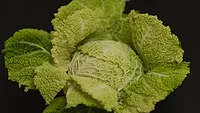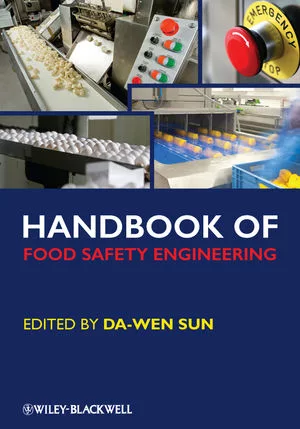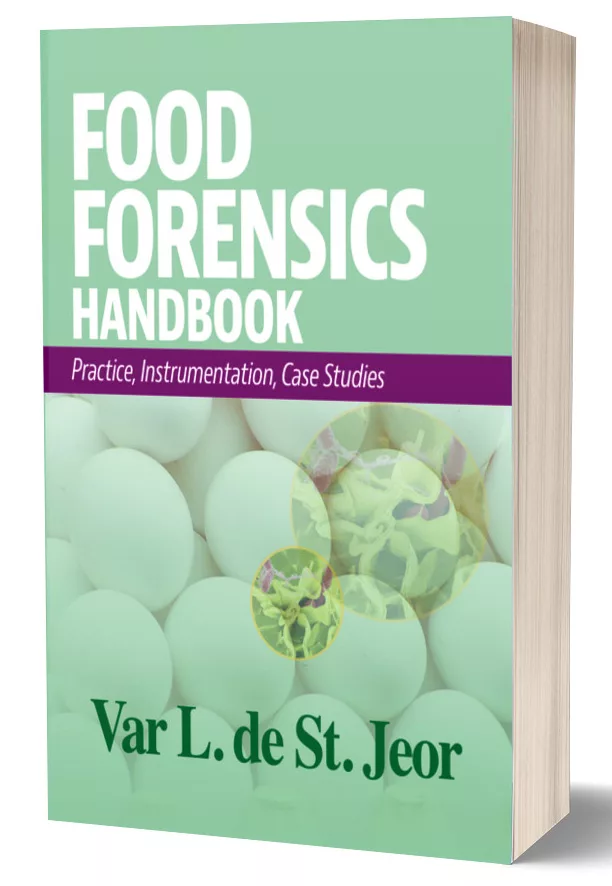USDA Releases Annual Pesticide Residue Report, Finds 99 Percent of Samples Below Benchmarks

Fotokostic/iStock/Getty Images Plus via Getty Images
The U.S. Department of Agriculture's Agricultural Marketing Service (USDA AMS) published its 2022 Pesticide Data Program (PDP) Annual Summary on January 30, 2024, showing that over 99 percent of samples tested had pesticide residues below the Environmental Protection Agency's (EPA's) established benchmark levels. Additionally, 27.6 percent of samples had no detectable residue. However, testing for persistent environmental contaminants that are no longer used as pesticides in the U.S. showed the presence of certain banned chemicals at varying levels in some food commodities.
USDA AMS tested a total of 10,665 samples from 23 commodities including fresh and processed vegetables and fruits, grains, nuts, and dairy. To collect PDP data, USDA works with state agencies representing all census regions of the country and nearly half of the U.S. population. In 2022, analyzed samples were collected in California, Colorado, Florida, Maryland, Michigan, New York, Ohio, Texas, and Washington.
The PDP tests both domestic and imported foods, with a strong focus on foods consumed by infants and children. Results are reported to the U.S. Food and Drug Administration (FDA) and EPA on a monthly basis throughout the year, as tests are completed. The agencies are notified if a PDP test uncovers pesticide residues that could pose a public health concern.
USDA uses the PDP data to better understand the relationship of pesticide residues to agricultural practices and to implement the department's integrated pest management (IPM) objectives. USDA also works with domestic growers to improve agricultural practices and to help them adopt IPM techniques throughout the food supply chain, including the responsible use of pesticides.
Because PDP data are used for risk assessments, PDP laboratory methods are geared to detect very low levels of pesticide residues, even when those levels are well below the tolerances established by EPA. Prior to testing, PDP analysts washed samples for 15–20 seconds with gently running, cold water as a consumer might do; no chemicals, soaps, or any special washes were used.
Residues exceeding EPA tolerances were detected in 56 (0.53 percent) of the total 10,665 samples tested. Of these 56 samples, 19 were domestic (33.9 percent) and 37 were imported (66.1 percent). Residues with no established tolerance were found in 2.5 percent (269 samples) of the total samples tested, 127 of which were domestic (47.2 percent) and 142 of which were imported (52.8 percent).
Fresh and processed fruit and vegetables accounted for 8,512 samples (79.8 percent) of the total 10,665 samples collected in 2022. Fresh and processed fruit and vegetables tested were: baby food green beans, baby food peaches, baby food pears, baby food sweet potatoes, blueberries (fresh and frozen), carrots, celery, grapes, green beans, mushrooms, peaches (fresh and frozen), pears, plums, potatoes, summer squash, tomatoes, and watermelon. Corn and soybean grain accounted for 2.9 and 5.7 percent of the total number of samples collected in 2022, respectively. Butter and peanut butter represented 5.0 and 6.6 percent of the samples collected in 2022, respectively. Domestic samples accounted for 70.0 percent of all samples (excluding grain, which were 100 percent domestic), while 29.2 percent were imports, 0.8 percent were of unknown origin, and less than 0.1 percent were of mixed national origin.
Looking for quick answers on food safety topics?
Try Ask FSM, our new smart AI search tool.
Ask FSM →
PDP laboratories also test foods for low levels of environmental contaminants that are no longer used as pesticides in the U.S., but due to their persistence in the environment, can be taken up by plants. For example, Use of DDT has been prohibited in the U.S. since 1972; however, due to its persistence in the environment, low-level residues of DDT and its DDE metabolite were detected in some commodities tested. The DDE metabolite was the most frequently detected, being found in butter (35.4 percent of samples), summer squash (5.2 percent), potatoes (2.3 percent), celery (1.4 percent), and green beans (0.6 percent). DDT was detected in summer squash (4.5 percent), and DDT p,p’ was detected in summer squash (3.4 percent) and potatoes and plums (0.2 percent each).
Other chemicals that have been banned for use in the U.S. for more than 30 years but were still present in food samples included chlordane (cis and trans), dieldrin, endrin, and heptachlor (epoxide). Chlordane cis was detected in 2.6 percent of summer squash samples, and chlordane trans was detected in 2.2 percent of summer squash samples. Dieldrin was detected in 3.8 percent of summer squash samples and 0.2 percent of butter samples. Endrin was detected in 1.3 percent of summer squash samples and 0.1 percent of watermelon samples. Heptachlor epoxide was detected in 3.2 percent of summer squash samples.
No residues of aldrin, BHC (alpha/beta/delta/epsilon), HCB, heptachlor (parent), lindane (BHC gamma) or mirex were detected in any samples.









